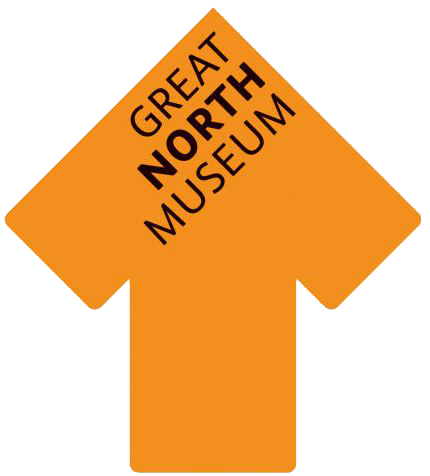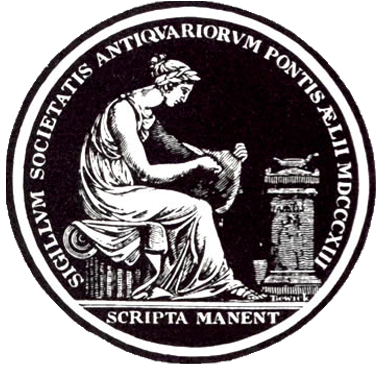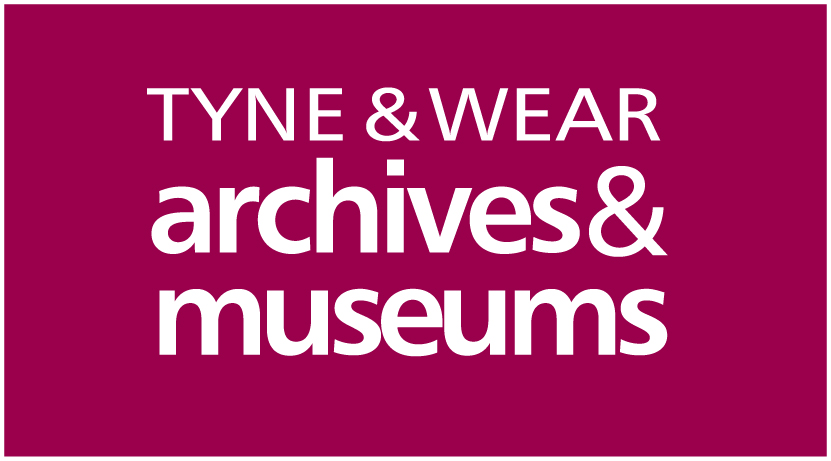A Brief History of the Collection
The ethnographic collections of the Great North Museum: Hancock can be traced back to 1793, with the foundation of the Newcastle Literary and Philosophical Society (“Lit.& Phil.”). This society became a prestigious academic institution and started to acquire collections of books, scientific instruments and artefacts including ethnographic objects from the Polynesia and China.
In 1822, the Lit. & Phil. purchased the collection of George Allan, a prominent local antiquary who housed his museum at Blackwell Grange in Darlington, County Durham. This collection included significant ethnographic material including 66 “Utensils of Savage Nations” - items from the Pacific region and North America.
The Lit.& Phil.’s museum collection grew considerably throughout the 19th century. In 1829, the Natural History Society of Northumberland, Durham and Newcastle upon Tyne (“NHS”) was created with its major function being the care of the collections, taking over from the Lit. & Phil. In 1884, the collections were moved into their own purpose-built museum, the Newcastle Museum. This was renamed the Hancock Museum in 1891 in honour of John and Albany Hancock, local naturalists of the NHS who worked hard to raise money to build the museum.
Throughout the 19th and 20th centuries the ethnographic collections continued to grow through large acquisitions from other museums, bequests and other private donations. In 2006 the Hancock Museum closed its doors for a multi-million pound refurbishment. Three years later it re-opened as the Great North Museum: Hancock, complete with a brand-new World Cultures Gallery filled with magnificent artefacts from around the world- including the very objects that first brought the museum into creation.
While there has never been a professional ethnographer in the museum’s history, a series of dedicated curators have worked over the years to catalogue and care for over 4000 objects from around the world. Some areas of the collection, such as those objects hailing from the Pacific regions, have had intense research done. Other sections such as the North American collection, less so. Creative Power aims to rectify this.





